
KIC 8462852, more popularly known as Tabby’s Star (after astronomer Tabetha Boyajian) is notable because it sometimes dims by 20%, but we don’t know why. A dimming star could be explained by an orbiting planet, but in this case, the material blocking the star is too big and too cold. This has fueled speculation that the dimming is caused by an “alien megastructure.”
Last Thursday Tabby’s Star dimmed again. The SETI Institute took the opportunity to monitor the star with the Allen Telescope Array (ATA). The results of the observation are not yet known and are being analyzed.
- SETI.org: What’s Up with Tabby’s Star?
- Z News: Scientists baffled after mysterious ‘alien megastructure’ star starts dimming again!
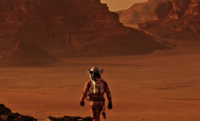
The possibility of humans colonizing Mars is an ongoing topic for storytelling in fiction and movies. In real life, SETI Institute planetary scientist Pascal Lee spends much of his time planning for future human exploration of Mars, developing mission concepts, designing tools and technologies to help humans survive in Mars’ environment and leading field expeditions on Earth to the High Arctic. Pascal understands the well the risks humans will face including nearly no atmosphere and high radiation, freezing temperatures, high levels of carbon dioxide in the atmosphere and toxic dust.
Overcoming the technical obstacles is only part of the equation, however. There also has to be a will to commit to such a goal. The scientific mission has to be relevant to the general public in order to garner governmental and financial support. Emphasizing the importance of STEM education as an economic driver could just be the impetus.
- ScyfyWire: How to die on Mars, according to one scientist
- Space.com: To Get to Mars, NASA Must Convince Lawmakers
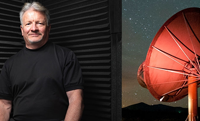
The SETI Institute’s Allen Telescope Array (ATA) generates 54 terabytes of data per day. The challenge for the SETI Institute scientists working with the ATA is how to identify meaningful information efficiently. Using Spark tools from IBM, it’s possible to get detailed analysis more quickly, as well as tackle the process of digging into its archive of saved data.
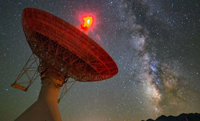
One of the questions at the heart of the research, education and outreach at the SETI Institute is, “Are we alone?” Planetary exploration is certainly a big part of “the search,” but for decades, the SETI Institute has been listening for signals that could be evidence of technologically advanced life using the Allen Telescope Array (ATA). Recently the ATA has undertaken a survey of 20,000 red dwarf stars (red dwarf stars are smaller and cooler than our Sun), an initiative that began in 2016 and will last about two years.
SETI Institute Senior Astronomer Seth Shostak commented, "Until now, the total number of star systems that have been looked at carefully over a wide range of the radio dial is measured in the thousands. In the next 20 years, with new technology, you could increase that number to maybe a million." Shostak continued, "Is Earth special? Is it the only place around with intelligent life? That would be remarkable — but it's just as remarkable to find you're not the only kid on the block. That's something that would change our view of ourselves forever."
- Live Science: How Do Scientists Search for Extraterrestrial Life?
- SETI.org: New Search for Signals from 20,000 Star Systems Begins
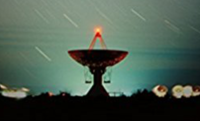
In Jim Al-Khalili’s new book, Aliens, renowned contributors in fields including astrobiology, astrophysics, biochemistry, cosmology, neuroscience and zoology provide unique perspectives about the conditions necessary for live and the possibility that those conditions exist beyond Earth.
Two SETI Institute scientists, Nathalie Cabrol, Director of the Carl Sagan Center and Senior Astronomer Seth Shotstak shared their ideas. “The discovery of an abundance of exoplanets [planets outside our Solar System] has revolutionised our concept of how many habitable worlds could exist in a very small fraction of our Galaxy alone,” said Cabrol. “Astronomy and astrophysics are also opening wide the potential for habitable worlds in the 100 billion galaxies now estimated in our Universe. The idea that we could be alone is simply completely at odds with statistics.” Shostak speculated that “it’s at least possible that once GAI [General Artificial Intelligence] establishes a presence on Earth, it may so dominate the planet’s resources – material, energetic and geographic – that Homo sapiens will be marginalised in the way that great apes are.”
- Christian Science Monitor: ‘Aliens’ asks scientists to consider – seriously – extraterrestrial life

SETI Institute Senior Astronomer Seth Shostak talks about searching for life in the Universe in this podcast for kids.
- Tumble Science Podcast for Kids: The Quest of the Alien Hunter with Seth Shostak

Last week, 100% Invisible, an encore presentation, wonders how we know whether things we can’t see are real or not. This week, Skeptic Check returns with Science Breaking Bad, featuring discussions about the scientific method and how to think about news presented as scientific breakthrough.
Recent Facebook Live events have included a visit to SETI Institute scientist Janice Bishop’s minerology lab and a discussion with SETI Institute scientists Michael Busch and Franck Marchis from the IAA Planetary Defense Conference in Tokyo. All Facebook Live videos can be viewed on the SETI Institute Facebook page here.
On Morning Shift, SETI Institute scientist and Bernard M. Oliver Chair Jill Tarter discusses her work, the reasons scientific research matters and the upcoming 20th anniversary of the film Contact – Jill was the inspiration for Jodie Foster’s character in the film.
Senior Astronomer and host of Big Picture Science Seth Shostak continued to question the science in the new movie Alien: Covenant, stating that if aliens do arrive, they will likely be incredibly smart, having developed the technology to travel great distances through space, and hopefully would have no need to steal our basic resources.
- Osher Lifelong Learning Institute: June 1, 2017, Santa Clara, CA Edna DeVore, Director of the Education at the SETI Institute will help people get prepared for this summer’s total eclipse of the sun which will take place on August 21, 2017.
- Spacefest: June 8-11, 2017, Tucson, AZ. An annual event that brings the space community together. Pascal Lee and Seth Shostak of SETI Institute will be speaking.
- Machine Learning 4 SETI Hackathon, June 10-11, San Francisco, CA The SETI Institute invites all citizen data scientists and technologists to join us as collaborators in our mission to find radio signals from intelligence beyond our solar system.
- Dynamical Astronomy Meeting of the American Astronomical Society: June 11-15, London, UK SETI Institute Scientist Matija Cuk will chair a session on Planetary Formation and System Architecture.
- Smithsonian Magazine Future Con, June 16-18, Washington D.C. Bringing science fiction and fantasy together with serious science and cutting-edge technology. Seth Shostak with be a speaker.
- Starmus Festival IV, June 18-23, 2017, Trondheim, Norway A celebration of science and the arts. Presenters will include Jill Tarter, Bernard M. Oliver Chair for SETI at the SETI Institute and Nathalie Cabrol, Director of the Carl Sagan Center for Research at the SETI Institute
- Kepler & K2 SciCon IV: June 19-23, Moffett Field, CA SETI Institute scientists including Jeffrey Coughlin will participate.
- Virtual Reality in Space: The Next Big Thing: July 12, San Francisco, CA Franck Marchis will participate in a discussion about ways in which virtual reality might play a role in space exploration.
- Starship Congress 2017, August 7-9, Monterey, CA. A conference that explores pathways to allow human exploration of the galaxy. Franck Marchis will give a presentation.
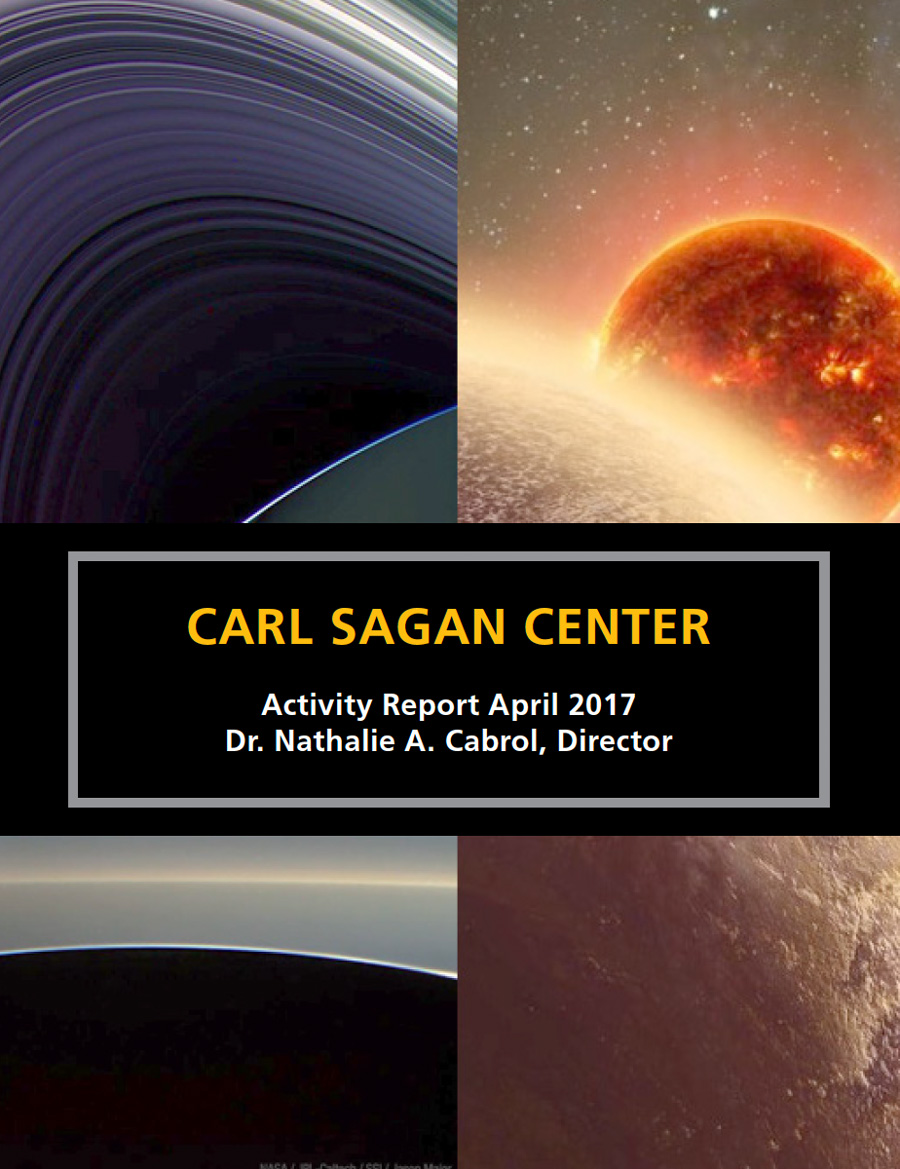
It’s time again for a more comprehensive review of the work that has been going on at the SETI Institute. The complete Carl Sagan Center Activity Report for April 2017 can be downloaded here





